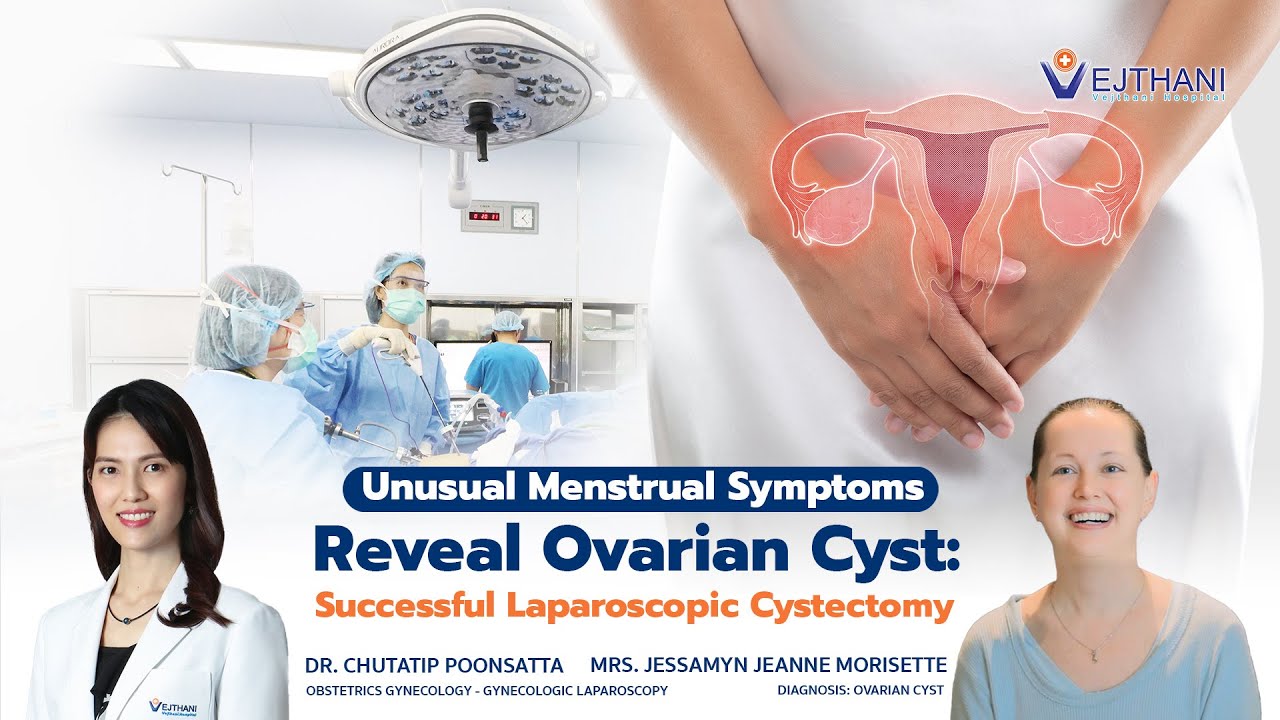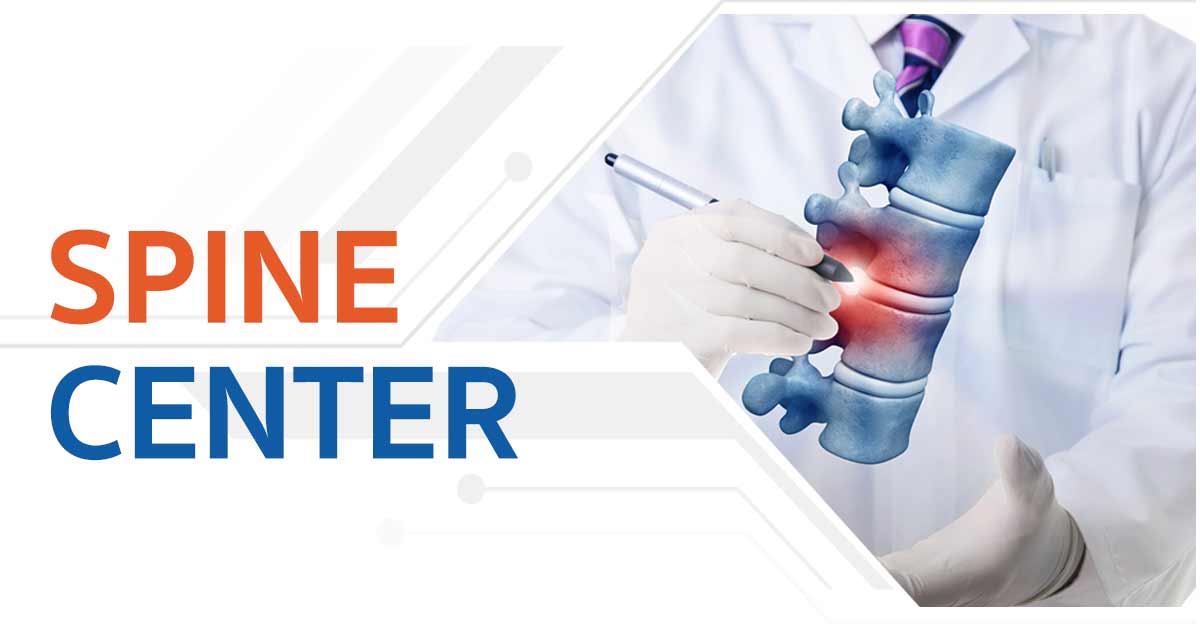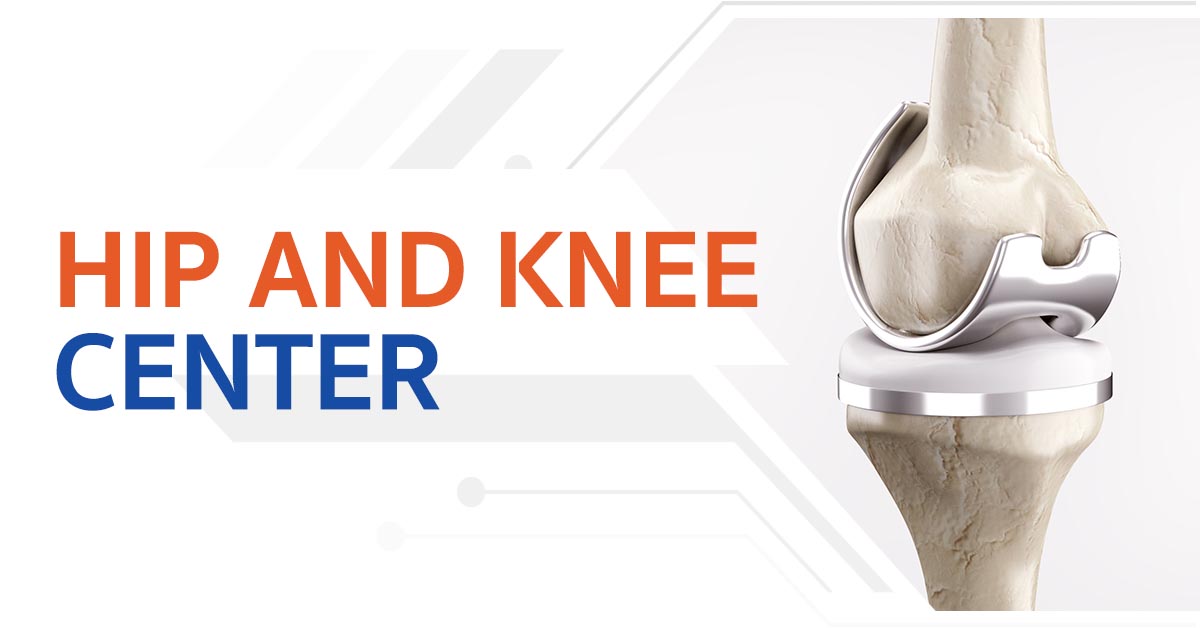
Colostomy
Overview
During a colostomy surgery, your colon is rerouted from its normal course, which typically leads down towards the anus. Instead, a new opening, called a stoma, is created in your abdominal wall. As a result, stool will exit your body through this stoma rather than the usual route through the anus. To collect the stool as it exits, you may need to wear a colostomy bag. While some patients only require a colostomy for a temporary period, others may need to rely on it permanently.
A colostomy is frequently performed after a colectomy, procedure that involves the removal of all or part of your colon. Certain situations might necessitate you to discontinue the use of your colon, whether on a temporary or permanent basis. After the surgery, the rerouted colon is also referred to as a “colostomy.” Your doctor will guide you on how to manage and adapt to life with a colostomy during post–operative discussions.
Reasons for undergoing the procedure
If you have a medical problem that prevents you from using your colon or anus regularly, you may need a colostomy. It can be a long–term solution for an irreversible illness, or it might be a short–term intervention that lets your body repair.
A temporary colostomy may be necessary for the following conditions:
- Acute colon injury.
- A blockage in your colon or anus.
- Severe infections, including diverticulitis.
- Acute inflammation from Inflammatory Bowel Disease (IBD).
- Anal fistula, a passageway that extends from your anal cavity to your skin or another organ.
- Partial colectomies, in which the residual bowel ends are amenable to eventual reattachment.
A permanent colostomy may be necessary for the following conditions:
- Fecal incontinence that cannot be cured.
- Late stage colorectal cancer.
- Permanent excision of the anus and/or rectum.
Risks
A colostomy is a common and simple surgical procedure. Although there are always some hazards, it’s generally safe. Among them are:
- Infection
- Bleeding
- Damage to the organs near the surgical site
- Anesthesia side effect
- Breathing problems under anesthesia
You may experience post–operative colostomy difficulties even if the operation goes well. Among them are:
- Bowel obstructions that prevent waste from passing due to scar tissue or paralytic ileus (slow–moving bowels) following surgery. Most of the time, home cures for constipation can help with this.
- Skin irritation from coming into contact with excrement, particularly the liquid, acidic excrement of the upper colon. The most typical stoma complication is this one. Usually, it can be fixed with a bag that fits better.
- Parastomal hernia. Bowel loops protrude through the weakening abdominal muscles surrounding your stoma in this kind of hernia. Over time, a hernia may develop and become evident as a protrusion near to your stoma, potentially obstructing its output. You will discuss preventive strategies to avoid the development of a hernia following surgery with your colostomy nurse.
- Prolapse or retraction of the stoma. A retracted stoma recedes beneath the skin’s surface once again. A prolapsed stoma protrudes excessively. It may be challenging to properly place your colostomy bag over your stoma in either of these scenarios. Your surgeon might need to revise or re–site your stoma if you are unable to find a bag that fits.
Before the procedure
As a major surgery, preparing for a colostomy involves several steps. Before the surgery, you will have a pre–operative assessment with your surgeon. During this consultation, your surgeon will ensure that you fully comprehend the procedure, the associated risks, and the lifestyle changes you can expect afterward. It’s also an opportunity to discuss pain management options and alternatives. To assess your overall health and suitability for surgery, a nurse will perform blood tests. Additionally, an EKG may be conducted to assess the condition of your heart. Only after these assessments are completed and you have a clear understanding of the procedure will you be asked to sign consent paperwork.
On the day of the colostomy procedure, you will be required to observe a six–hour fasting period before the operation. In some cases, you may be instructed to use stool prep or an enema at home. Upon your arrival at the hospital, you will change into a hospital gown. Following this, you will be taken to a pre–operative room where you will await the procedure. Once in the operating room, anesthesia will be administered to prepare you for the surgery.
During the procedure
Colostomies can be done either open surgery or laparoscopic surgery:
- Laparoscopic surgery. Compared to open surgery, laparoscopic surgery is a more recent and minimally invasive technique. A laparoscope, a tiny illuminated camera, is used for the procedure. The surgeon makes a tiny incision in your abdomen to insert the laparoscope, the abdominal organs are visible on a screen. After that, your surgeon can finish the procedure by accessing your organs through one or more minor incisions. Laparoscopic surgery is linked to fewer complications, less pain, and a quicker recovery period because of the smaller incisions. However, this approach cannot be used to successfully perform every procedure. A scheduled laparoscopic procedure may occasionally need to be converted to open surgery due to a complex case.
- Open surgery. During an open procedure, your abdominal cavity is opened by the surgeon using a single, lengthy incision. This is the conventional method of reaching your abdominal organs, and it provides better access, which is occasionally necessary. However, it has a lengthier recovery period and is regarded as a major surgery. Depending on the disease you are treating and what else the surgeon needs to do during the operation in addition to the colostomy, you may have an open or a laparoscopic colostomy. Usually, you’ll be able to plan ahead of time and know which type you’ll have.
Two kinds of colostomy surgeries
- Loop colostomy. Since a loop colostomy is simpler to reverse, it is frequently the preferred technique for temporary colostomies. During this operation, your surgeon will determine which part of your colon needs to be converted to a colostomy and will pull that segment through an abdominal incision as a loop. The surgeon then cuts the loop, forming two ends of the stoma, and places the two open ends side by side in your abdominal opening. One is through the portion of your bowel that is still actively working, where your waste will exit. The other is attached to the portion of your bowel that is still dormant and leads to your anus. This aperture facilitates the release of mucus.
- End colostomy. When a colostomy is anticipated to be permanent, an end colostomy is frequently performed. Following the cutting of your colon, the remaining portion of your active colon is sewn to the abdominal wall incision, and the remaining portion of your inactive colon is sealed. You will only have one stoma for poop. If your anus is still intact, you will expel mucus through your anus rather than a stoma.
After the procedure
Your colon is divided into four distinct sections where incisions may have been made. The results of colostomies in each section will vary slightly.
Ascending colostomy
Your small intestine feeds into the ascending colon, which is the initial part of the colon. The reason it goes up the right side of your abdomen is why it is called “ascending.” In the case of an ascending colostomy, only a small portion of your colon remains functional, limiting its ability to perform its usual functions in processing food waste. Food waste is still extremely liquid and not completely digested when it travels from the small intestine to the ascending colon. Numerous digestive enzymes are present in the ascending colon to aid in the further breakdown of waste. After an ascending colostomy, this liquid waste will go through your stoma. You’ll need to exercise extra caution to prevent leaks and shield your skin from the abrasive enzymes in the excrement.
Transverse colostomy
The second part of the colon is called the transverse colon, and it crosses your abdomen horizontally from the right side to the left. Transverse colostomies are frequently performed to temporarily bypass the lower portion of the colon, and occasionally they are done to do so permanently. Your stool will be slightly more firm and contain less digestive enzymes if you have a transverse colostomy. Your colostomy may be positioned somewhat high on the abdomen because this is the high point of the colon, which can make it harder to hide.
Descending and sigmoid colostomies
The lowest segments of the colon are the descending and sigmoid colons. The descending segment descends the left side of your abdomen and the short sigmoid “tail” end curved slightly downward and to the right. The majority of your colon will still be functioning if you have a colostomy in one of these regions. This implies that the feces that emerge from your stoma will be more familiar. By the time it reaches this point, the waste will have had sufficient time to solidify, and any digestive enzymes will have been absorbed, reducing the likelihood of skin irritation. You may even be able to schedule your bowel movements and have a natural reflex to poop at a certain time of day.
Outcome
During the next three to seven days, your recovery will take place in the hospital, during which you will:
- Gradually transition back to a regular diet. Initially, after the surgery, you will likely follow a clear liquid diet for the first day or two, followed by a soft or full liquid diet before reintroducing solid foods.
- Receive education on colostomy care. A Wound Ostomy Continence Nurse (WOCN) will provide you with guidance on how to care for your stoma and manage the colostomy bag.
- Taper off pain medication gradually. You may receive a temporary prescription to continue pain management at home.
- As your surgical wounds heal, regular bowel movements will gradually resume. It may take several days before you experience your first bowel movement after the surgery.
Contact Information
service@vejthani.com






















